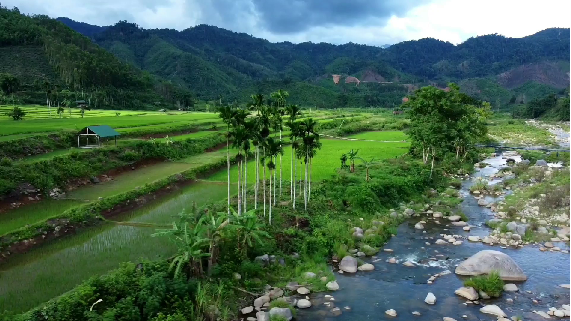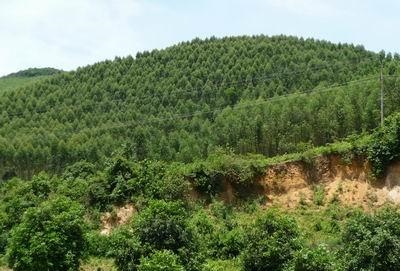Contact: hepaspirit@gmail.com OR cendispirit@gmail.com * Online: 1 - Visited: 626419

Featured
Video

01-27-2022 - 03:01:07
How Acacia mono-plantations kill the soil
- Products from Acacia plantations have made a contribution to the income of households in different parts of Vietnam in the last few years. However, the vulnerability of this commercial mono-crop plantation has been acknowledged in many areas. For example, in Quang Binh province, in December 2017, a strong storm occurred which destroyed a large area of mono-plantation. Unfortunately, this happens almost every two or three years, leaving farmers in a difficult situation, i.e. they have lost their capital and have been left in debt.
The Acacia’s characteristic is that it is not a strong timber and cannot resist the strong storms that often occur in this area. In addition, Acacia-trees are usually planted in straight rows, and are therefore likely to break massively or completely fall down.

Farmers have also observed and emphasized the degradation of soil quality in the area of Acacia plantation that occurs concurrently with a decrease of Acacia yields. Although Acacia is a type of leguminous plant which is able to enrich nitrogen in the soil (with the help of bacteria in its root system), the method of growing Acacia is causing severe erosion. These processes can be explained as follows:
The natural forest/vegetation is slashed and burned in a large area before planting the Acacia, leading to a loss of the top soil that contains all essential nutrients and micro-organisms when seasonal heavy rain and strong wind occur.
The acacia tree needs to be taken care of at least twice a year in the first two years. This means that all native seedlings that regenerate naturally are cut away leaving only the Acacia. Acacia then dominates the plantation area, and creates only one layer of canopy and one layer of root system. Under heavy rain, water attacks the ground from both vertical and horizontal directions and again takes away the top soil. The weak root system cannot hold water as the root system of a natural forest is able to do. The destroying of natural forests and their replacement by Acacia therefore weakens the ecological services provided by natural forests, especially as a result of flooding and storms.
Acacia demands a particular group of nutrients. After several years (e.g. 3 – 4 years) of planting and harvesting Acacia, the condition of nutrients in the soil gradually becomes deficient in some elements. This is another reason why Quang Binh farmers find it difficult to grow other crops and/or trees after a long time of planting of Acacia. Natural forests contribute significantly to amount of nutrients in the lower fields, for instance rice, corn, peanut fields, and home gardens. The mono-plantations cannot perform this function well due to the many reasons explained above. The lower fields lose a crucial source of nutrients, leading to a decrease in yields, thereby increasing the need for farmers to invest in expensive artificial inputs.
This mechanism of killing soil takes place not only with Acacia but with most of the mono-crop plantation, such as Pine, Eucalyptus, Rubber and Cassava. However, how to convert the land from mono-plantation back to high-value diversified plantations? Some recommendations will be introduced in the next writing: Enriching and restoring forests by high-value mixed native species trees.
Le Hong Giang, April 2019







